Love the intoxicating scent of vanilla beans and want to learn how to grow vanilla beans? You've come to the right place! The Vanilla bean plant, Vanilla planifolia, is a climbing orchid that is native to Mexico and is actually the only member of the orchid family that is edible. These vines can grow as big as 300 feet, but, when grown in a smaller space, can be managed to about 20 feet. For the vine to flower, it does need to be at least 10 feet in length, which will take about 5-6 years. The flowers of the vine are greenish-yellow with a diameter of about 5 cm. Did you know that there are about 100 species of vanilla orchid? For the vanilla bean plant to grow successfully, exact care must be followed.
How to Grow Vanilla Beans Indoors
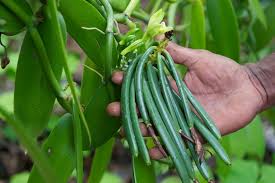
Growing Conditions:
- This plant needs bright filtered shade and high humidity.
- Ideally, the vanilla bean plant needs about 80% humidity, and the ideal temperature would be 60-70 degrees Fahrenheit at night, and 80-95F during the day.
- Those in USDA zones 10-11 can grow vanilla beans outdoors.
- If you don't live in one of those zones, grow vanilla beans indoors or in a greenhouse as they have zero tolerance for frost.
- Give your vanilla bean partial sun and use an orchid-potting mix or sphagnum moss alongside the soil.
Fertilizing and Watering:
- Keep soil evenly moist, but be sure not to over-water.
- In spring and summer, lightly fertilize every two weeks with an orchid fertilizer.
Support:
- Since the vanilla bean is a vine, it will need lots of support.
- In a tropical climate, you can plant your vanilla bean near a tree so it can climb up on the tree.
- Indoors or in a greenhouse, build a solid wooden trellis.
Pollination:
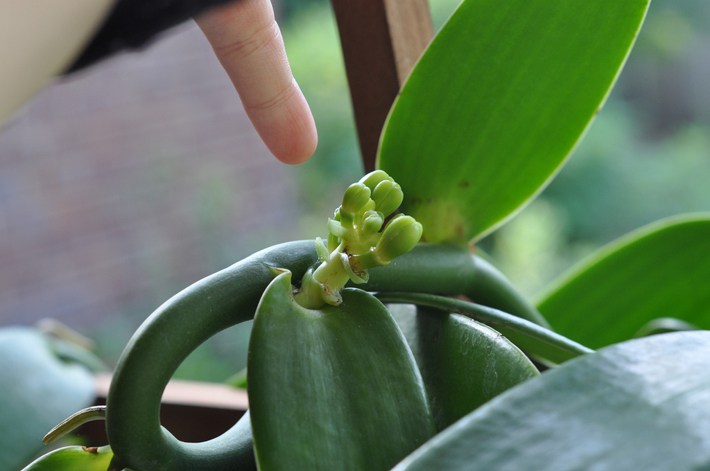
- For vanilla plants to grow, you'll need to pollinate them. Vanilla plants are hand pollinated, so you'll need to remove pollen from the female part of the plant known as the anther.
- Use a toothpick to collect the pollen and apply it directly to the male part of the plant known as the stigma.
- The stigma will have a shield around it which will need to be peeled back in order to access it.
- Perform this in the morning hours for best results.
- After the process is finished, you should see pods begin forming within a week.
Harvesting Vanilla Beans:
- Use scissors to remove the pods from the plant.
- You'll know they're ready once the tips of the pods begin to turn yellow.
- After harvest, the vanilla beans will have no taste or smell so they'll need to be cured.
- Place them in boiling water for 2-4 minutes, and then immediately blanche.
- Transfer to a wooden box that's lined with a blanket and keep them for 36-48 hours.
- By this time, the beans will achieve a light brown color and start giving off that vanilla bean aroma.
- This process is called “sweating”.
- Alternatively, you can also dry them by placing them in a place with low humidity and out of direct sunlight, but this may take several months.
- Beans are ready to be used once they turn black.
- Store them in a dry, well ventilated area for about a month or two until they reach their peak flavor.
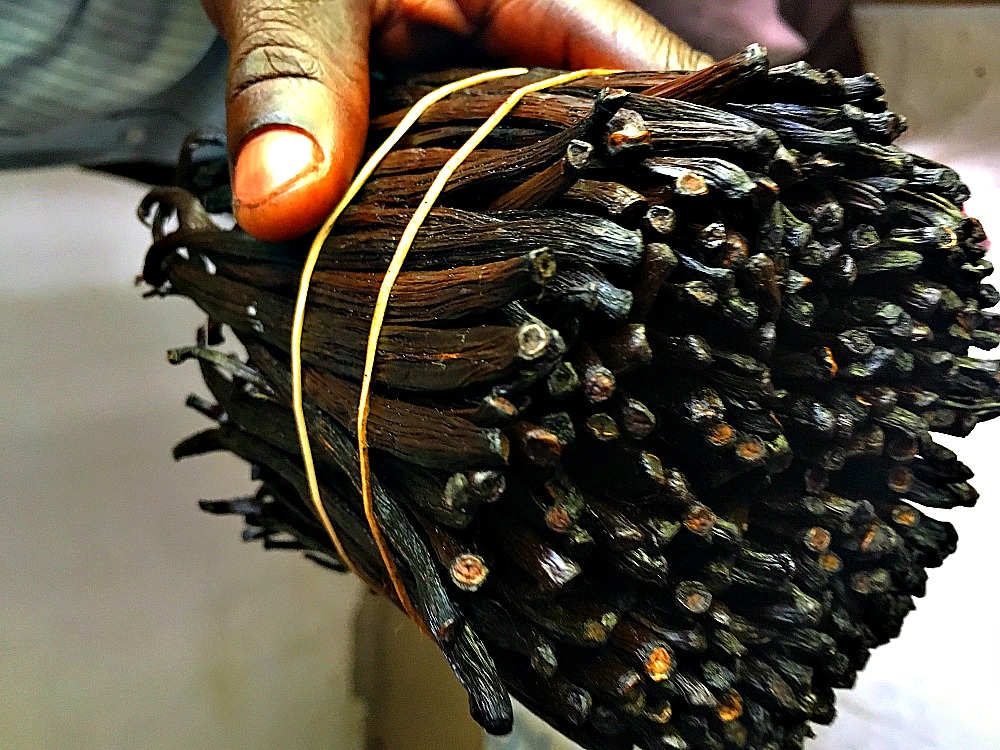
Additional Vanilla Bean Plant Information:
Unfortunately, growing vanilla bean plants can be quite a challenge, and not all vanilla vines turn out to be good. At worst, you'll be left with a really nice decorative vine. At best, your vanilla vine may bear large green & yellow flowers that will eventually turn into 6 inch pods in eight to nine months time. For this to happen, you need to fertilize your vanilla bean plant every two weeks using a diluted orchid fertilizer. Always allow the top 2-3 inches of the plant to dry completely before watering again. Nevertheless, it's crucial that you constantly check the moisture level of the vanilla bean plant. So now that you know how to grow vanilla beans, it's time to roll up your sleeves and get to planting!
Vanilla Bean Pests & Diseases
Keep an eye out for spider mites and mealybugs. Because of the amount of moisture your vanilla bean will need, it's susceptible to root rot, so be sure to re-examine the roots yearly or simply re-pot.
What Can You Do With a Vanilla Plant?
Once grown and harvest, vanilla plant uses are good and plentiful! Once harvest, be sure to store them in a dark place with low humidity. When the vanilla beans turn black, they are ready to be used. You can use vanilla beans by scrapping the bean with a sharp knife and incorporating directly into your baked goods recipes. You can also made vanilla flavoring and vanilla extract. Vanilla extract is made by placing slit vanilla beans into a jar filled with vodka, rum, or bourbon. Let sit at room temperature for 6-12 months and shake once a week.


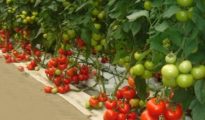
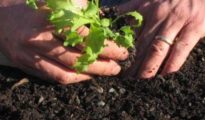















You accidentally switched the male and female parts of the flower. The anther (where pollen (sperm) is produced) is male. Stigma (where the pollen lands) is part of the female structure.
Oops, thanks for catching that Alysha 🙂
a very good site
Where are vanilla plants sold?
I have seen them online and they will ship them to you directly From Costa Rica
Thanks for the tip Leah!
how much for shipping from Costa Rica and will they ship to canada
Did you ever get a response to your questions? I was wondering the same..
google vanilla plant canada. several sources listed
What is the web site to order from?
Nurseries in FL
I was trying to learn to grow indoors or homemade hothouse. Can you help me.
Hi Renee,
The article does also talk about how to grow indoors 🙂
Where is the best web site to buy vanilla plants? Can you buy the vanilla beans and grow from the seeds? Is there a web site for the place in costa rica to order from?
Since it takes 4 YEARS for the orchids to get large enough to set any beans, think I’ll pass.
Can and how does one propagate a vanilla bean?